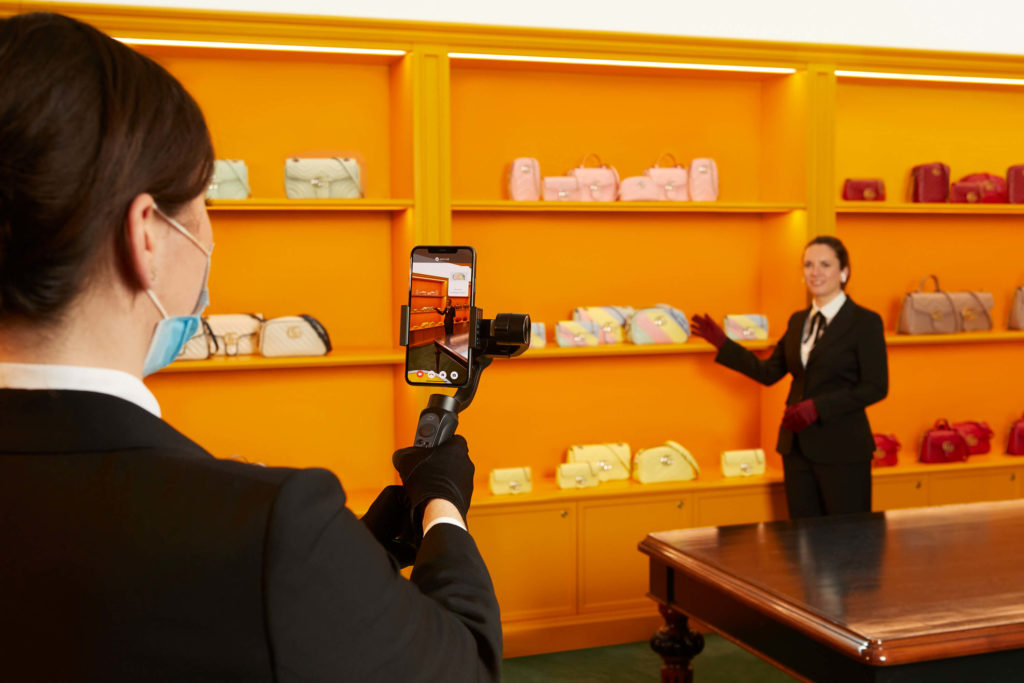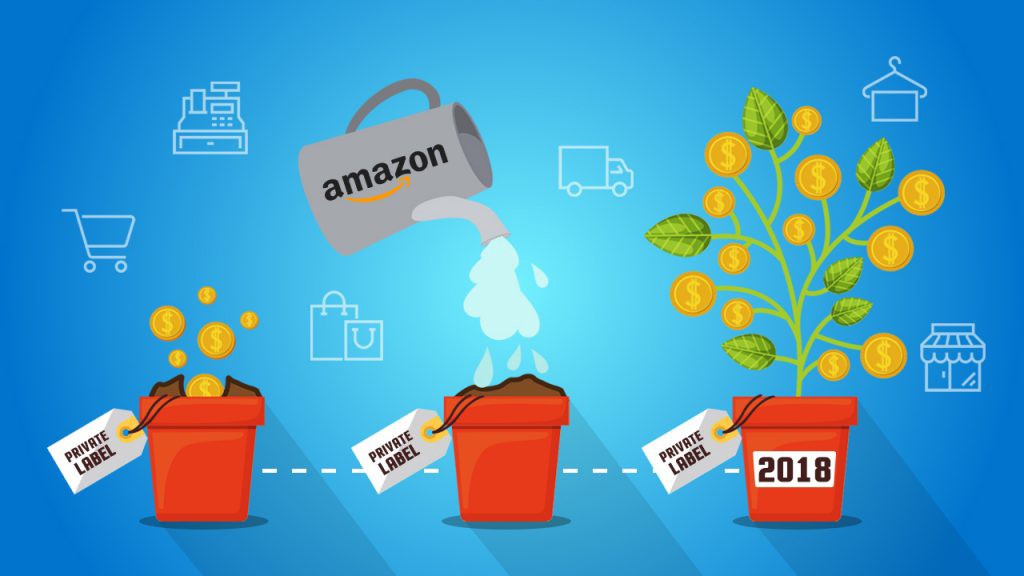Ecommerce finally moves forward
Ecommerce may be finally stepping into a new era. In 1999, a group of colleagues and I built an ecommerce site for a wallpaper retailer. Sadly, not much on the front end design of Ecommerce sites has changed since then; scroll down, find a product, add to cart and keep shopping. Yawn… wake me when it gets fun. Innovation for the most part has been focused on the backend with the obvious goal of selling stuff as quickly and easily as possible.
Personalization comes to life…

However, Gucci’s new personalized video shopping may have just changed all that (No yawn)! Ecommerce efforts in social media (Pinterest, Instagram, Tik Tok) have given new hope and life into bringing the emotion back to ecommerce shopping. However they have still not evolved a real-time human connection until now. Gucci’s Live, a new online service brings the advisor to the customer. The new effort allows Gucci to be more present (human) in the lives of its customers, when and where they want it (technology).
Marco Bizzarri, Gucci president and CEO, said in a statement when Gucci 9 opened. “The service is delivered according to the values that define and differentiate our brand today: a human touch powered by technology.”
Democratizing personalization
In the near-term this level of service is a stretch for most mass retailers as they continue to use human associates. Creative ones like Gucci will integrate influencers, major stars, etc and perhaps even charge a premium for exclusive ‘remote’ shopping experiences. However, we ultimately believe this could easily trickle down to retailers like Target.
Positive COVID impacts
COVID made remote video a reality overnight. The reality of a remote shopping spree with friends in different cities around the world no longer seems like science fiction. This gets us excited about a whole new possibility for Ecommerce!
PINE
At PINE we are always looking ahead for what the future might look like, we call these GLIMPSES. We help Fortune 100 companies translate GLIMPSES into actionable strategies and implementable experiences.
Special thanks to co-author John Youger
